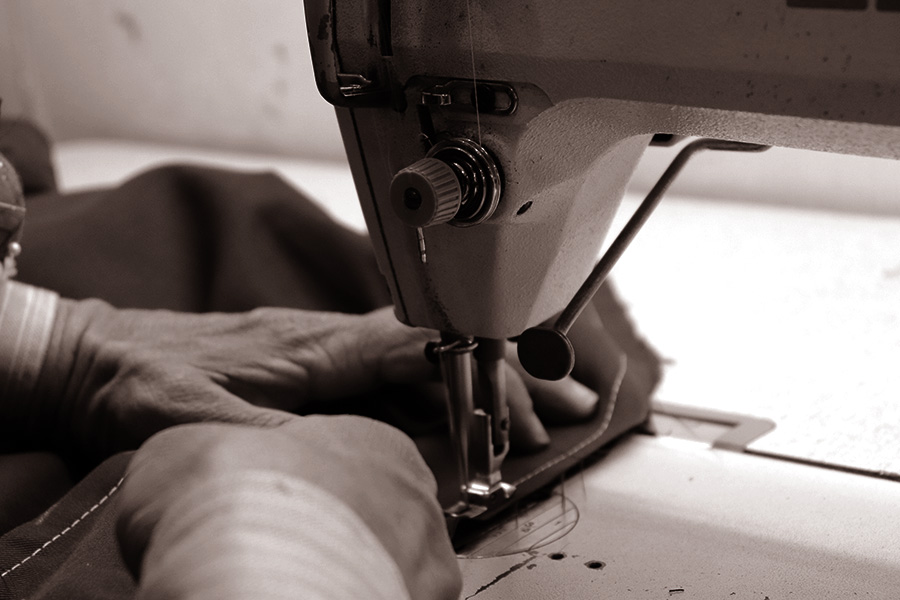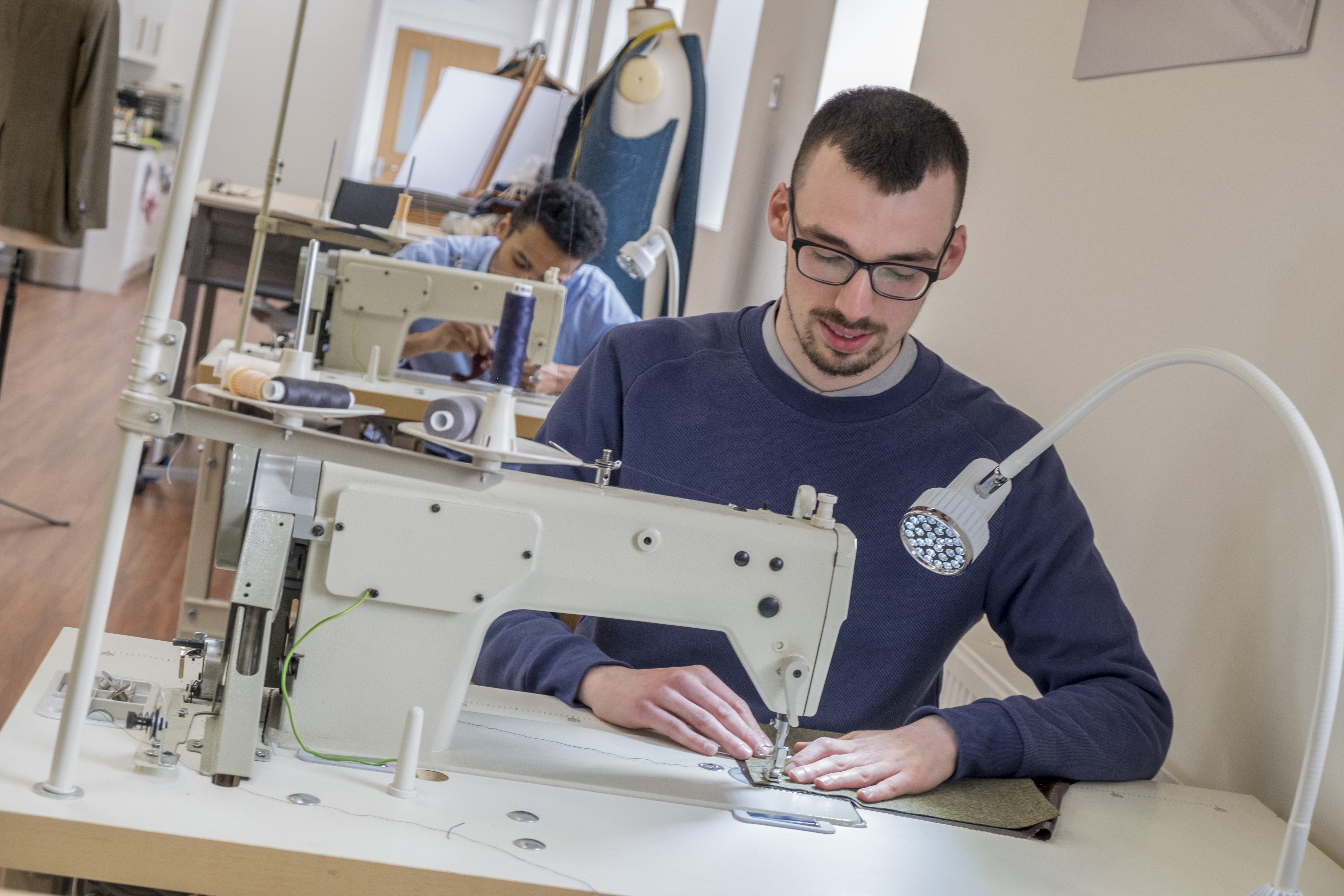Tailor Perth: Phenomenal Tailoring for a Perfectly Fitted Wardrobe
Recognizing the Tailoring Refine: From Material Choice to Final Fitting for the Perfect Closet
The customizing process is a complex interaction of art and science, starting with the essential choice of textile selection and culminating in the specific changes of last fittings. Each material type brings special qualities that affect not just the visual allure but additionally the garment's durability and viability for various celebrations.
Value of Textile Selection
Selecting the appropriate fabric is important in the customizing procedure, as it directly influences the comfort, longevity, and overall aesthetic of the final garment (tailor perth). The choice of textile establishes the foundation for the garment's functionality, style, and performance. Different fabrics possess unique buildings, such as stretch, weight, and breathability, which can dramatically influence just how the garment drapes and fits the body
In addition, textile selection affects the garment's durability and simplicity of care. Top quality fabrics can withstand wear and tear, maintaining their look and framework gradually, while lower-quality materials may lead to pilling or fading. In addition, the appropriate material contributes to the garment's ability to change throughout seasons and occasions, consequently enhancing versatility.
A customized piece made from a proper material not just showcases craftsmanship however also raises the wearer's self-confidence. Comprehending the nuances of textile choice is critical for any kind of tailoring undertaking. It makes sure that the end product not only fulfills the aesthetic needs of the client yet likewise straightens with practical requirements, consequently attaining a harmonious equilibrium between kind and function in the customized wardrobe.
Kinds Of Fabrics and Their Usages
Comprehending the numerous kinds of textiles offered is vital for making notified choices during the customizing procedure. Each fabric has unique attributes that determine its suitability for certain garments and occasions.
Its versatility permits it to be customized into everything from tee shirts to gowns. Its all-natural flexibility assists garments maintain shape over time.
Silk shows luxury and is lightweight, making it perfect for eveningwear and delicate shirts; nonetheless, it requires cautious handling due to its fragility. Bed linen, with its textured surface, is a prominent option for warm environments, giving a crisp and ventilated feeling, but it wrinkles quickly, which might affect the garment's appearance.
Synthetic textiles, such as polyester and nylon, deal durability and resistance to creases, making them suitable for day-to-day wear and energetic clothes. Understanding these textile types and their properties permits much better decision-making, ensuring that each tailored item not only fits well but likewise straightens with the designated function and celebration.
The Tailoring Techniques Explained
The art of customizing depends on a variety of methods that transform fabric into well-fitted garments. Central to this procedure is pattern preparing, where a tailor creates design templates based on the client's dimensions and desired style. This first step makes sure that the garment will certainly fit the wearer appropriately prior to any type of reducing occurs.
As soon as patterns are developed, cutting strategies enter play. Accuracy is paramount as errors can cause misfitting garments. Tailors often make use of different reducing techniques, such as single-layer cutting for detailed layouts and multiple-layer cutting for performance on basic patterns.
Basting is an additional important technique, enabling tailors to briefly sew material assemble for an initial installation. This approach supplies the possibility to analyze the drape and overall shape prior to last sewing.
Seaming strategies, including french seams and flat-felled joints, improve the garment's longevity and visual appeal. Tailors also use techniques such as interfacing and padding to provide structure and shape to certain locations, like collars and shoulders.
Finally, finishing techniques, consisting of hemming and side ending up, ensure the garment's long life while supplying a polished appearance. Together, these strategies form the backbone of reliable tailoring, leading to charming, tailor-made apparel.
Fitting Modifications and Considerations

Trick considerations consist of the shoulder fit, which needs to neither sag nor limit motion, and the sleeve size, which must enable for comfortable arm activity while maintaining a polished appearance. In addition, changes at the waistline can fine-tune the shape, with options to allow out or absorb material as required.
The surge of pants is one more crucial factor; it must sit comfortably above the hips important source without creating pain, enabling for simplicity of motion. Hemming lengths for both pants and skirts need to mirror the wearer's preferred style while respecting proportions.

Preserving Your Tailored Garments
Correct maintenance of customized garments is important to preserving their fit and appearance gradually. To ensure longevity, regular cleansing is critical. Always comply with the care tag guidelines, which may recommend completely dry cleansing for fragile materials or maker washing for more resilient products. Stay clear of regular laundering, as this can use down the material and alter the garment's form.
Storage space is similarly crucial; use cushioned hangers for coats and coats to preserve shoulder structure, and store trousers folded up neatly or hung to avoid creasing. Safeguard garments from direct sunlight, which can fade shades and damage fibers.
Additionally, routine assessments for minor fixings can protect against larger concerns. Check for loose check my blog switches, fraying seams, or indicators of moth damage, resolving these issues quickly to preserve the garment's integrity.
Lastly, take into my review here consideration seasonal turning. Using tailored pieces in small amounts enables fabrics to recuperate, expanding their life expectancy. By executing these upkeep methods, you can make certain that your tailored garments remain as beautiful as the day you initially wore them, boosting your ideal wardrobe for several years ahead.
Conclusion
The tailoring process, including fabric choice, skilled methods, and precise fitting changes, plays a critical function in developing garments that boost both convenience and style. Each phase contributes to the total effectiveness of the end product, making sure that clothing not only fits well however additionally mirrors private identification. In addition, comprehending the value of upkeep expands the life of tailored garments, solidifying their value in a well-curated closet. A detailed strategy to tailoring finishes in a certain and polished appearance.
Picking the right fabric is crucial in the customizing process, as it directly affects the comfort, toughness, and general visual of the last garment. The choice of fabric sets the foundation for the garment's design, performance, and efficiency. Various textiles possess special homes, such as weight, breathability, and stretch, which can significantly influence how the garment drapes and fits the body.
The art of customizing counts on a range of strategies that transform fabric right into well-fitted garments.The customizing process, including material selection, proficient methods, and precise suitable changes, plays a critical function in creating garments that enhance both convenience and style.